$822 Million Max Extensions Present Payroll Challenge For OKC Thunder 


07-11 21:02Views 2827
The Oklahoma City Thunder, after winning their first NBA championship, have committed to massive contract extensions for their core players this offseason. They agreed to a four-year, $285 million supermax extension with reigning MVP Shai Gilgeous-Alexander, a five-year max extension worth up to $250 million with Chet Holmgren, and a five-year max extension with Jalen Williams that could reach $287 million based on performance achievements.
These new deals for Williams and Holmgren begin in the 2026-27 season, while Gilgeous-Alexander's starts in 2027-28. Although the Thunder project to be slightly below the luxury-tax threshold ($187.9 million) for the upcoming season, significant financial constraints loom. Once the extensions take effect, their projected 2026-27 payroll of roughly $246 million would far exceed the NBA's luxury tax aprons ($209 million first apron, $222 million second apron), triggering severe team-building restrictions. The situation intensifies when Gilgeous-Alexander's supermax begins.
Specifically, for the 2026-27 season, Williams and Holmgren are projected to earn over $41 million each, combining with Gilgeous-Alexander's $40.8 million (final year of current deal) for over $123 million just for the "Big Three." Adding guaranteed contracts for Alex Caruso, Isaiah Joe, Aaron Wiggins, Jaylin Williams, and Thomas Sorber brings the total to about $176.3 million. Including team options on Cason Wallace and Nikola Topić would push it to $189.1 million, leaving minimal room below the tax line.
The Thunder anticipated these extensions and planned accordingly in previous years, signing players like Lu Dort and Kenrich Williams to deals with team options for 2026-27, and Isaiah Hartenstein to a contract. However, exercising these options (Dort, Hartenstein, K. Williams totaling $53.9 million) is highly unlikely due to the massive tax penalties. This forces difficult choices, likely making Kenrich Williams (averaging 16.4 minutes) expendable, while losing Dort or Hartenstein would impact the rotation.
This scenario positions the Thunder as the ultimate test case for whether building around three max players is sustainable long-term under the NBA's new Collective Bargaining Agreement. Their success or failure, despite significant assets and flexible structures, could prompt a major shift in team-building strategies across the league.
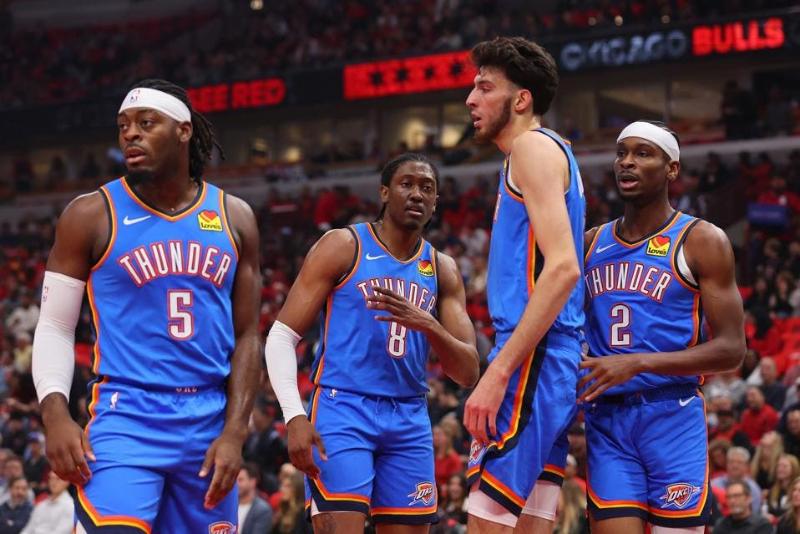





























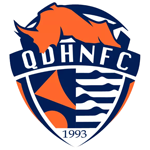
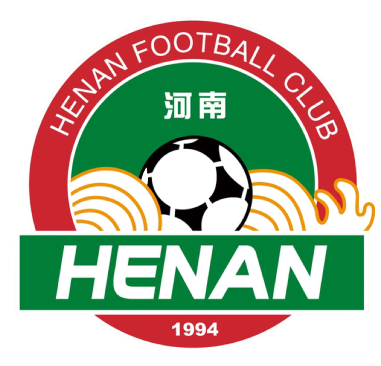
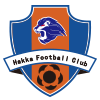
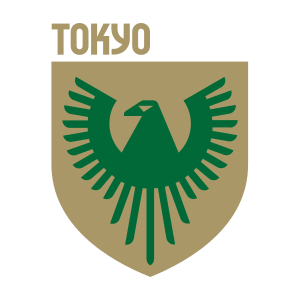




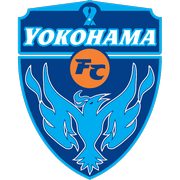
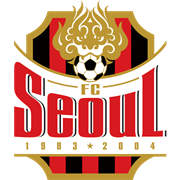

Related Comments(2805)